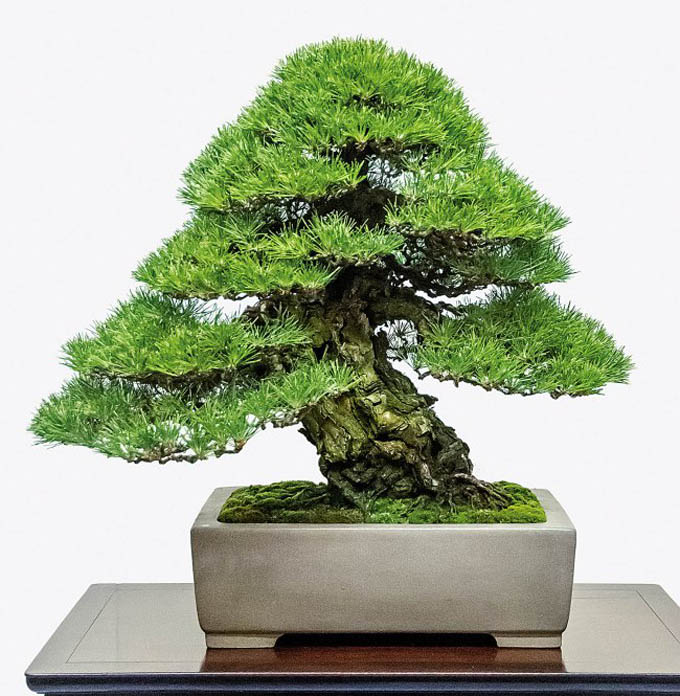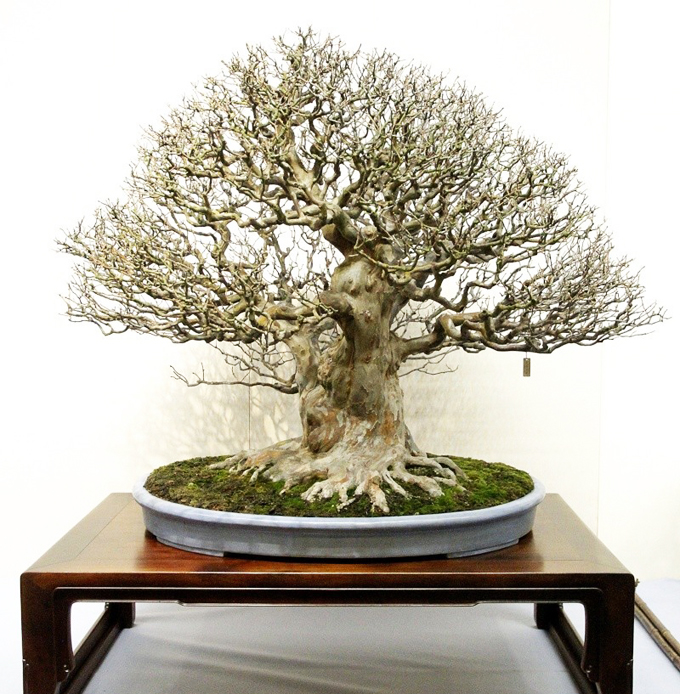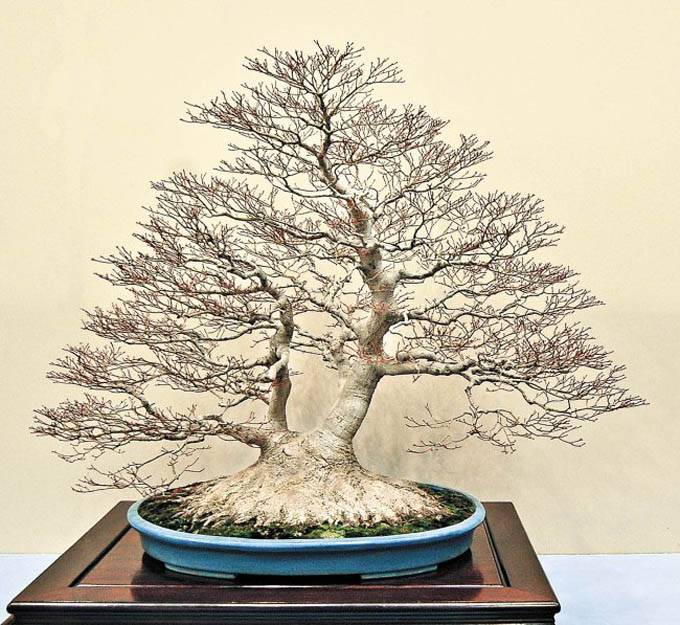 I don’t think you need me to point out that this is a great tree. Or, for that matter that it’s a great photograph (web photos this sharp aren’t all that common). It’s a Japanese black pine from Announcing the 2014 88th Kokufu ten Bonsa Exhibition on Bill Valavanis’ excellent new blog.
I don’t think you need me to point out that this is a great tree. Or, for that matter that it’s a great photograph (web photos this sharp aren’t all that common). It’s a Japanese black pine from Announcing the 2014 88th Kokufu ten Bonsa Exhibition on Bill Valavanis’ excellent new blog.
If you haven’t already made plans to visit Kokufu ten 2014, it’s time to get busy. It will be held at the Tokyo Metropolitan Art Gallery, February 4th – 12th. Just in case you are new to the wonderful world of bonsai, Kokufu is the most renowned bonsai exhibition in the world and in the opinion of most people I know, it’s reputation is well deserved (I’m a little embarrassed to admit that I’ve never been, but I’m saving for 2015).
Though you’ll find numerous references if you search Kokufu, two of the best places to visit are Phoenix Bonsai, a place we haven’t mentioned lately, but is really one of the most informative bonsai sites you’ll find, (here’s their home page and here’s their Kokufu page) and Bill Valavanis’ excellent new blog (here’s Bill’s home page and here’s his Kokufu page).
And now, a quick word from our sponsor. Our Fall Book Sale (20% to 25% off all books at Stone Lantern) ends tomorrow night at midnight (Sunday U.S. EDT). Check it out.
 You can find this 2013 Kokufu prize winning Broom style Chinese Quince and some other great trees, along with numerous excellent bonsai articles at Phoenix Bonsai.
You can find this 2013 Kokufu prize winning Broom style Chinese Quince and some other great trees, along with numerous excellent bonsai articles at Phoenix Bonsai.
 This 2013 prize winning Japanese white pine is also from Phoenix Bonsai.
This 2013 prize winning Japanese white pine is also from Phoenix Bonsai.
 This Japanese maple with its most astounding nebari is from Bill’s blog.
This Japanese maple with its most astounding nebari is from Bill’s blog.
 This photo from 1999 isn’t great, but a little history makes up for it (see below). Both photos are from Nippon Bonsai (the Nippon Bonsai Association is Kokufu’s sponsor).
This photo from 1999 isn’t great, but a little history makes up for it (see below). Both photos are from Nippon Bonsai (the Nippon Bonsai Association is Kokufu’s sponsor). I’m guessing that it’s a Japanese maple. See comments below.

Fantastic photographs… Thanks for sharing!
The Nippon Bonsai site says the tree in the 1959 and 1999 photos is an ????, (iwashide), which is the Japanese name for Carpinus turczaninovii, whose common name is Korean hornbeam, or sometimes rock hornbeam. It does have that distinctive hornbeam bark.
Oops, looks like the post is converting katakana characters to question marks. The page for the hornbeam is http://www.bonsai-kyokai.or.jp/gallary_7.htm.
Whoops, thanks Will